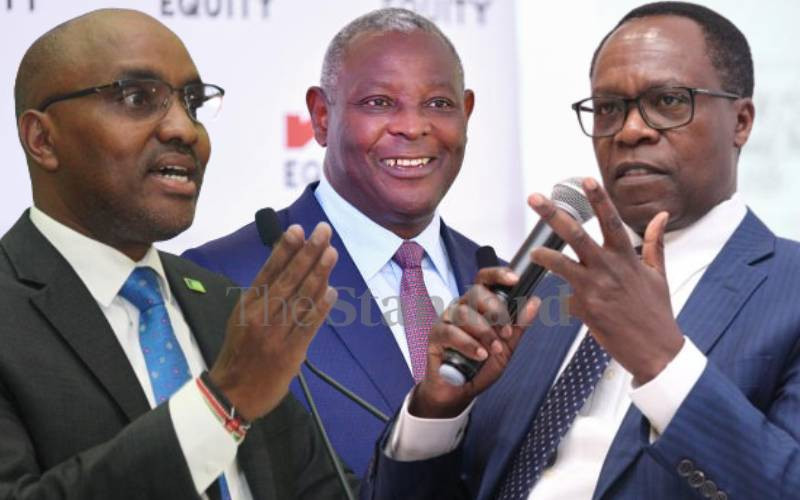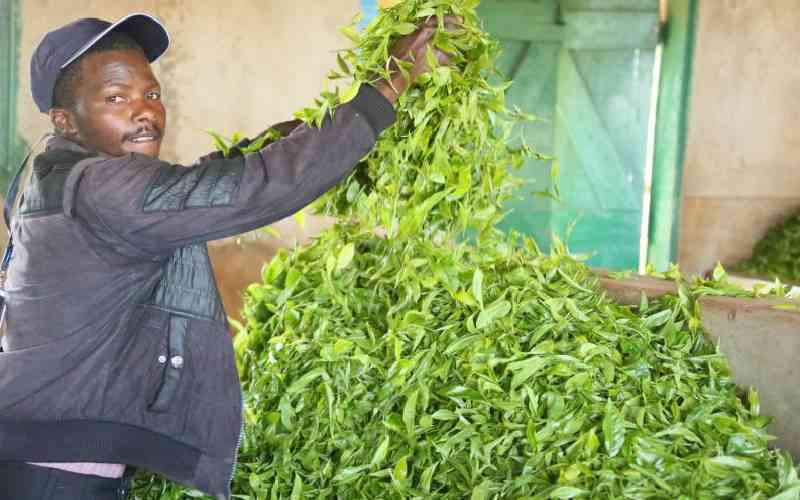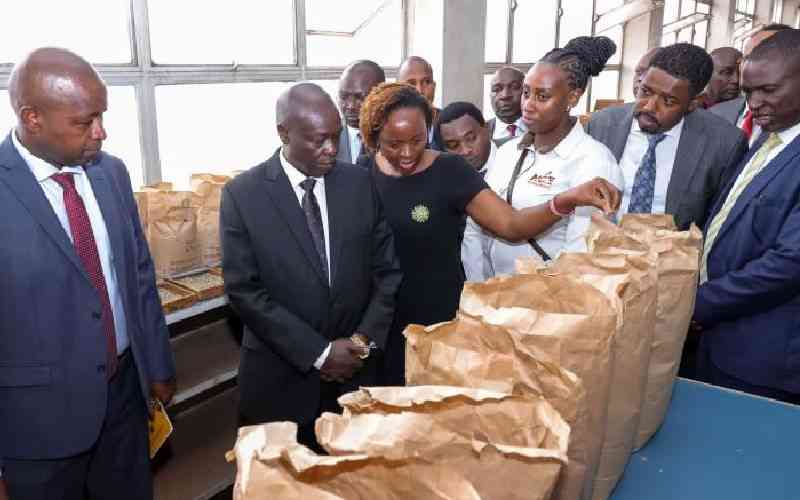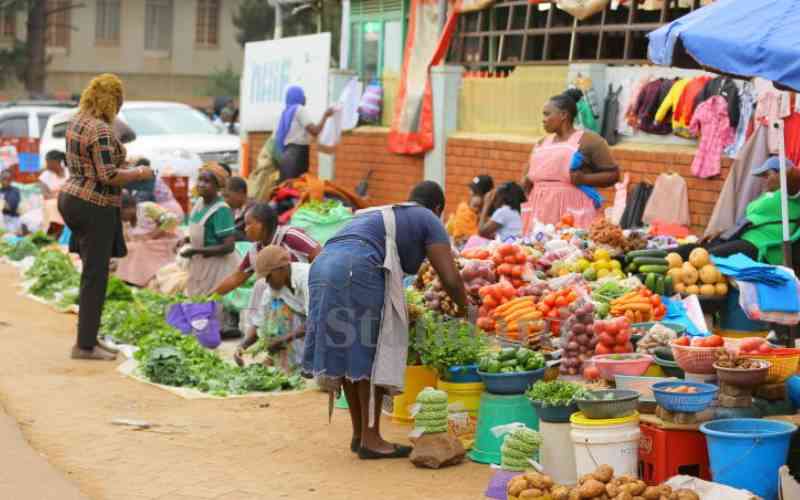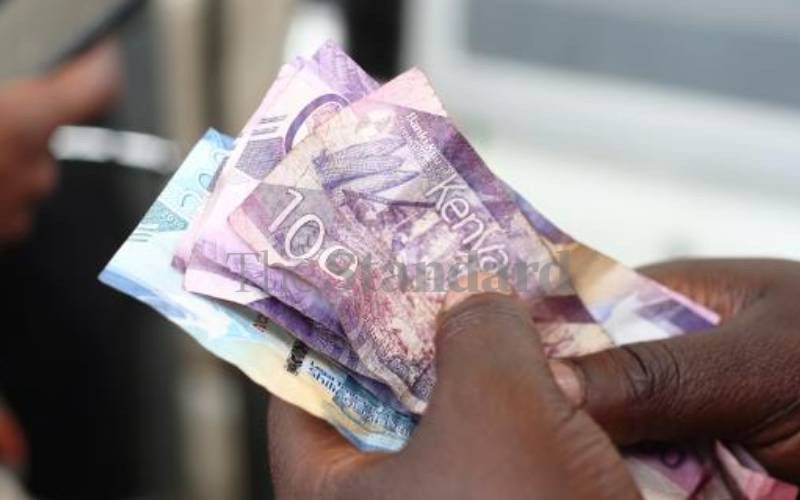
Kenya is all set to join the murky but lucrative world of "3T conflict minerals" at a time when latest study shows global effort to bring order in the industry is behind target. Last week, a senior official at the State Department of Mining intimated to an industry meet that Kenya is "likely to join producers of tin, tungsten and tantalum, hopefully in the near future."
The three are used in industrial applications, and in many consumer products but are -alongside gold- derisively referred to as "conflict minerals" or 3T & G due to their role in promoting strife and other social and envirommental ills in places of origin.
For instance, while Congo DRC is the world's biggest producer of tantalum the most valued of the three, the country has not known peace since its independence in the 60s. Rwanda, the third biggest producer of the mineral used in production of high performance capacitors used in mobile phones, laptops and flat screens experienced the worst form of genocide in 1994.
Rwanda sits in top five of the world's biggest producers of Tungsten after China, Vietnam, Russia and Bolivia. Tungsten is used in production of cutting tools, high-speed steel as alloying components, and for light bulbs as filaments.
Congo DRC, on the other hand sits among the ten top producers of tin alongside China, Indonesia, Peru, Bolivia, Brazil, Myanmar, Australia, Vietnam and Malaysia. Tin is used in production of solder in electronics and packaging material in the food and beverage industry among other uses.
"It's not for me to announce, really. But we are doing reconnaissance and indeed they are found in many places in the country," Philip Kirui, an inspector of mines at the state department of mines told a roundtable meeting on 3T's organised by Friendrich Naumann Foundation (FNF) on Friday.
While the developments are positive, industry players are concerned it will further compound the country's problems in regulating artisanal mining, particularly of the other mineral associated with 3T's, gold.
- Venous thrombosis: When inactivity leads to clotting
- E. coli bacteria on the rise in Nairobi
- Fish waste initiative lives on despite supply challenges
- Chinese medicinal demand fuels earthworm rush in Vietnam
Keep Reading
At the roundtable, Kirui confessed that Kenya was lagging behind in regulating gold mining and trading in the country. The mining activities in Western parts of the country are associated with environmental degradation, use of hazardous chemicals, unfavourable working conditions, frequent fatalities, cases child labour and zero tax returns.
"For now, I can dare say we only have statistics on the artisanal miners who are hundreds of thousands but no production and sale records. We have little to show for gold produced in those places," Kirui confessed.
But it is the FNF Global Partnerships Hub's commissioned study on conflict minerals and unveiled on that day which shocked the most. It fell short of declaring that the world's best efforts to tame illegal mining and its attendant social ills was running inversely proportional to the results on ground.
Titled "Responsible Minerals- Over a Decade of Effort and Impacts in the Great Lakes Region," was authored by Mike Loch, founder and president of Responsible Trade LLC, and Gregory Mthembu-Salter, Framke Schaap and Kyle Loch.
Kenya a lucrative channel for illegal minerals traders
It exposed major international and regional gaps in efforts to rescue the 3T's from the "conflict minerals" tag.
While countries and corporates in the minerals value chain have taken positive measures to ensure the sourcing of minerals is legitimate, and that the value chain does not promote social ills, their efforts are drawn back by the inefficiencies of the systems put in place.
Back in 2010, former US President Barack Obama signed into law the Dodd-Frank Act to reign in on the risk of 3T's financing armed groups in the Africa's Great Lakes Region. Companies dealing with minerals to conduct due diligence and to make certain disclosures on the origins of the gems.
Around the same period, the Organisation for Economic Co-operation and Development (OECD) developed due diligence guidelines for responsible supply chain of minerals from conflict-affected and high-risk areas.
Much later, the European Union (EU) in 2021 unveiled regulation which, just like the US, requires companies to identify the origin of minerals in order to prevent minerals financing armed groups and conflict in countries of origin.
Here in Africa, Great Lakes region countries among them Kenya, and through the International Conference on the Great Lakes Region (ICGLR), set out to transform the shame of their resources being deployed to conflict and instead re-channel them to development.
They developed a protocol against illegal exploitation of natural resources which among others introduced regional certification mechanism for trade in 3TG minerals, involving audit and certification of member states.
According to Loche, the certification mechanism entails mine site inspection, chain-of-custody evaluation and third party audits of exporters by ICGLR secretariat audit committee. But as it was reported in the FNF Global Partnerships Hub study, countries have been slow to implement the minimum requirements.
"The DRC and Rwanda were the first two countries to implement. As of November 2022, Burundi, DRC, Rwanda, and Tanzania have implemented the RCM to the point of issuing ICGLR Certificates for the exported minerals," the study says.
Kenya, alongside Uganda, South Sudan, Zambia, Angola, Congo, Central Africa Republic and Sudan do not issue the certificates making their territories illicit minerals paradise. Kenya for instance is considered a conduit point for Congo DRC's gold.
The country itself cannot account for the little gold produced in the mines of Western Kenya: "What we know is that we have an upward of 200,000 people working as artisanal miners but we have no records of what they produce and where it goes," Kirui admitted.
Dr Benjamin Odumo from the department of physics at the University of Nairobi compared trade in Kenya's gold produced by artisanal miners to illicit trade in bhang. He said because it is illegal, they neither report what they produce nor can they report when it is stolen.
They use crude weapons, child labour, lack expertise and heavily pollute the environment while also impacting negatively on its habitat and biodiversity. The industry is also infiltrate by yet another of Kenya's dubious invention, the "wash-wash" business of fake gold.
But Kenya is somewhat lucky because while the lack of proper regulations is exposing the country to these ills, Congo DRC which scores better in implementing the regional mechanism is a country at war with itself.
Promoting strife
Eastern Congo DRC, the region considered to have some of the words greatest deposits of 3T's has been beset by strife for the better part of this period. The study details how regional governments and their armies have exploited the Congo DRC minerals while promoting strife.
The armies of Rwanda and Uganda helped oust Zairean President Mobutu Seseko in 1997 but soon thereafter re-invaded Eastern DRC to oust his replacement Laurent Kabila, at a time when international prices for tin and coltan were rising rapidly, the study says.
"To help finance their military campaigns and to disguise the extent of them from donors, both governments first instructed their commanders in eastern DRC to requisition and ship across the border whatever stocks of minerals they could find. As the conflict progressed, these commanders increasingly directed their troops to take direct control of mine sites and their access routes, to take over and/or tax production," study says.
It says many of the armed groups active in eastern DRC at the moment, have done and continue to do the same.
"The latest map by Belgian research group International Peace Information Service (IPIS) shows a foreign or Congolese armed group presence at or near multiple 3T and gold sites in eastern DRC," it says.
The study however says by and large, militarisation in and around 3T artisanal mines has gone down since the implementation of responsible minerals initiatives in the region. The study recommends six priority areas of improvement.
These are the establishment of enforcement mechanisms, including sanctions for non-complying entities, entrenching of oversight components in regulation and early involvement of companies and civil society actors in formulation of regulations.
Others are increased donor support to upstream supply chain operators and assist them in understanding compliance requirements, multi-stakeholder cooperation to support due diligence across the supply chain and the directing of regulatory scope to the pressure point of the supply chain involving smelters, refineries, traders, and importers.
The study was sponsored by FNF's Global Partnerships Hub based in Kenya and which promotes strategies of global liberal development cooperation. FNF is affiliated with the FDP, the liberal party in parliament, which is part of the governing coalition in Germany.
 The Standard Group Plc is a multi-media organization with investments in media platforms spanning newspaper print
operations, television, radio broadcasting, digital and online services. The Standard Group is recognized as a
leading multi-media house in Kenya with a key influence in matters of national and international interest.
The Standard Group Plc is a multi-media organization with investments in media platforms spanning newspaper print
operations, television, radio broadcasting, digital and online services. The Standard Group is recognized as a
leading multi-media house in Kenya with a key influence in matters of national and international interest.

